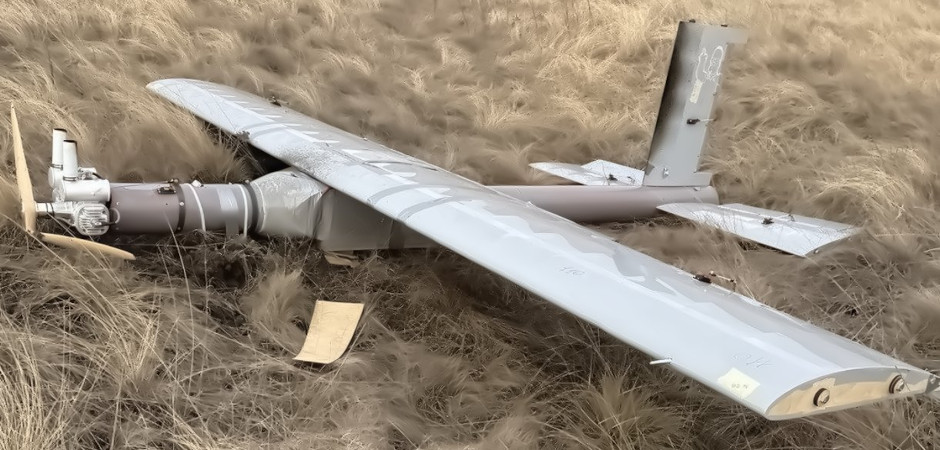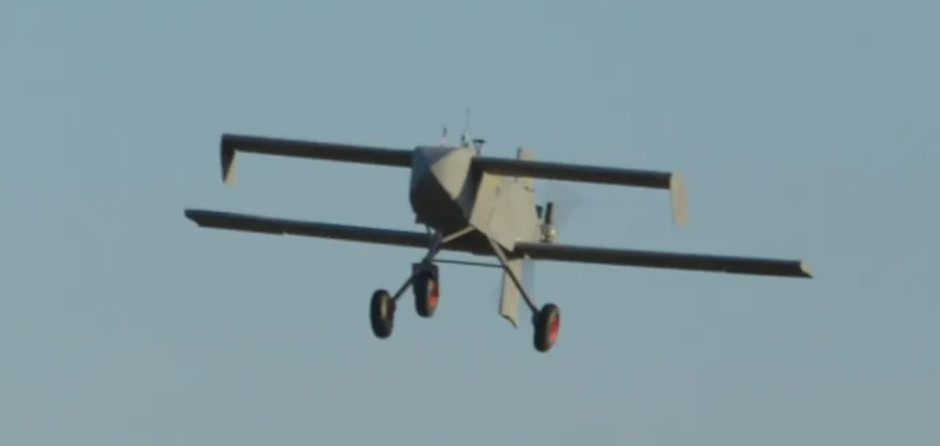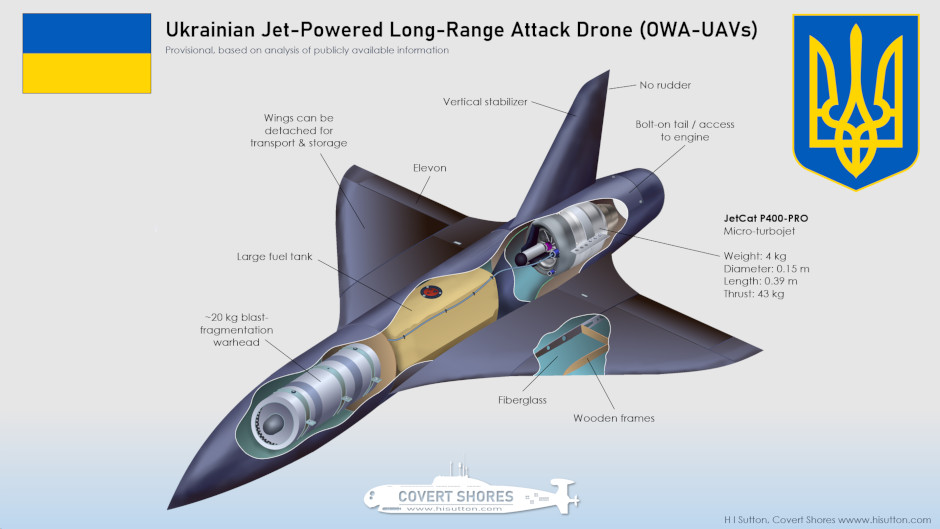Maximizing Bang For Bucks: Ukraine’s New Low-Cost Strike Drones
How do you turn a length of plastic plumbing pipe, some wood, plastic wrapping and some water bottles into a strategic weapon? Ukraine's growing array of long-range attack drones are evolving to be much cheaper to build. This may allow much larger and more frequent strikes.
The ongoing strikes against Russia's oil refineries are beginning to bite. It appears a logical and impactful strategy. But it is only achievable because of the ongoing innovation of Ukrainians, their allies and volunteers. They have created long range attack drones which are far cheaper, and more available, than cruise missiles. They also overcome the range and political limitations imposed on weapons supplied by allies. This allows Ukraine to conduct systematic strikes at targets deep behind the lines, often in Russia itself.
Brief History
Many of the early UAV raids on Russian airfields, and the strike on the Kremlin on May 3 2023, were likely launched from within Russia. The people involved, whether partisans or special operations forces, were taking huge risks. It is therefore desirable from a Ukrainian perspective to be able to launch the attacks from Ukrainian territory.
To achieve this a new type of weapon, the long range OWA-UAV (one way attack uncrewed air vehicle) was needed. As well as range and reliability, it needed accurate guidance which was jam resistant. Similar weapons had been developed by rebels in Syria, and there are of course other precursors including the Iranian made Shahed frone used by Russia, but the resulting UAVs are at the cutting edge of drone development.
Details about these drones are often incomplete. Some designs have been advertised by Ukraine, and there are crashed examples showing up on social media. But many of the producers and operators remain highly secretive. Some of the better known types may already have been superseded by better designs. However with the information available in open sources an evolution can already be observed.
The first generation of OWA-UAVs were a mix of converted target drones (e.g. UJ-25 Skyline, Morok and Tu-143), weaponization of pre-existing drone projects and ambitious first-attempts. These had moments of greatness, such as the the raid on Tuapse on February 28 2023. But better purpose-designed types were needed.
Two Trends
Now, a year later, a second generation of designs are being fielded. Although there is still a richness of designs, we are seeing two broad trends.
The first is towards incredibly low costs and ease of manufacture. One observed design is evidently constructed out of a length of plastic plumbing pipe. Despite this, the design appears effective and likely has a range of several hundred kilometers. Another better known design, the AQ-400 Scythe, appears largely built out of wood. This has an advertised range of 750 km and a 32kg warhead. The final unit cost of these drones isn't public, but they are likely a fraction of the Iranian Shahed drones supplied to Russia at $375,0000 a pop.

the fuselage of this drone is a plastic plumbing pipe.

AQ-400 Scythe. Note that the undercarriage can be replaced by a dolly or launch rail arrangement.
The other trend is towards higher performance designs leveraging micro-turbojets. These are closer to cruise missiles but still slower, smaller and vastly cheaper than a Storm Shadow or Tomahawk. These types likely try to improve survivability by being harder to shoot down.

Original artwork. CLICK to Enlarge.
If you have further information on the 'unnamed' types in this article please let me know.
Related articles (Full index of popular Covert Shores articles)

 Ukraine's long-ranged attack drones (OWA-UAVs)
Ukraine's long-ranged attack drones (OWA-UAVs)





 World survey of Underwater Attack Drones (OWA-AUVs)
World survey of Underwater Attack Drones (OWA-AUVs)

 Ukraine's Maritime Drones (USVs)
Ukraine's Maritime Drones (USVs)




 World survey of Navy Marine Mammal Prorams
World survey of Navy Marine Mammal Prorams


